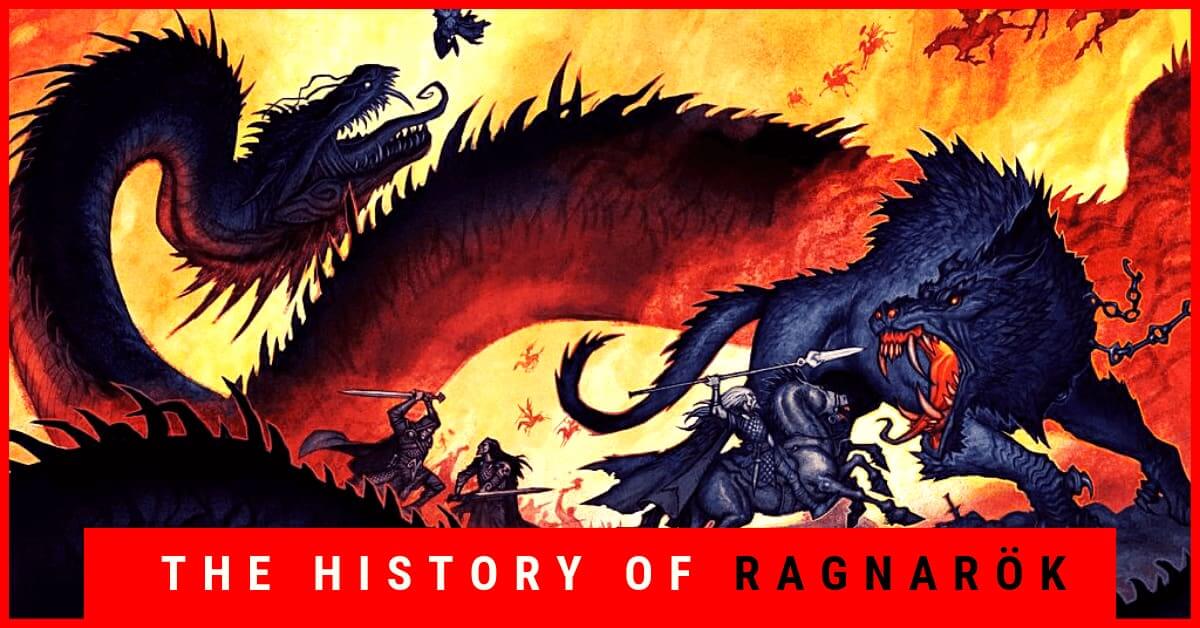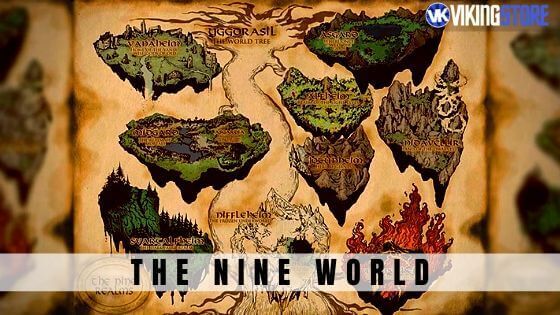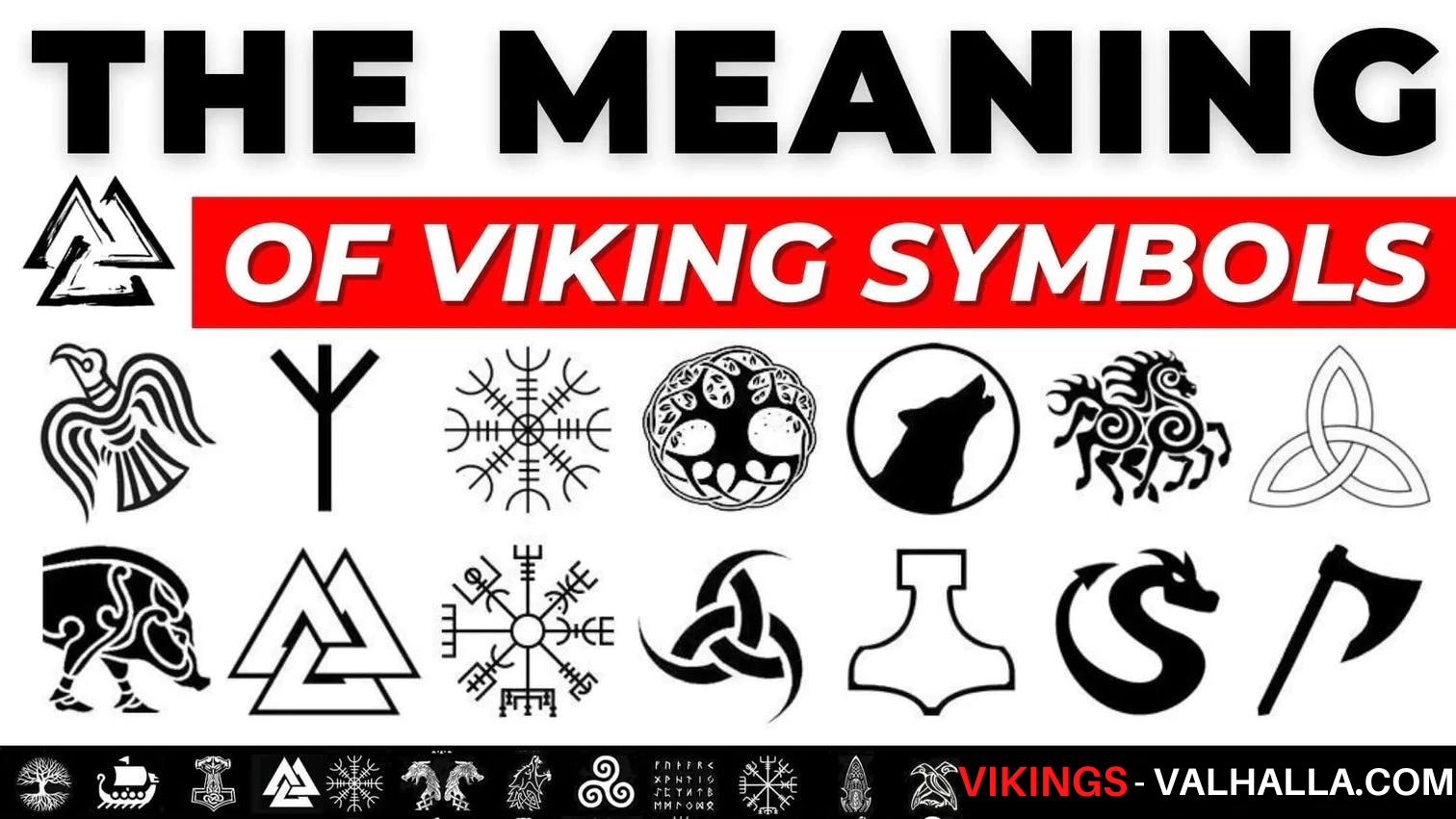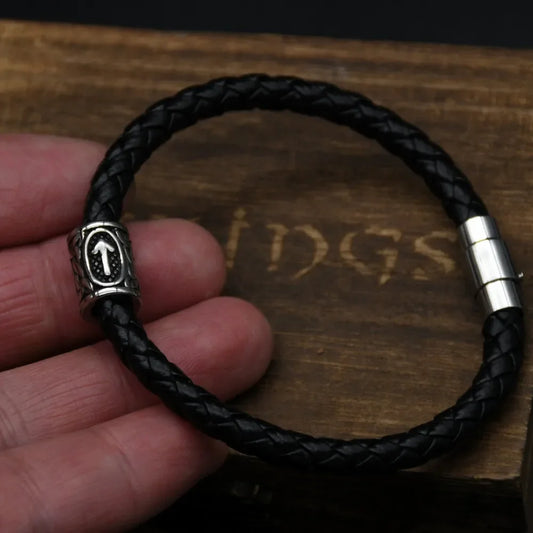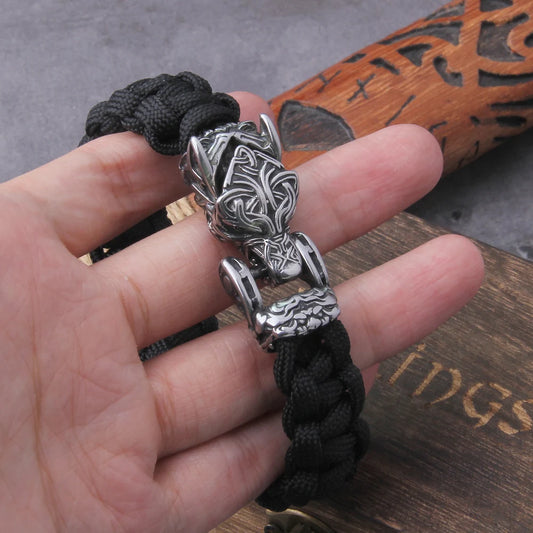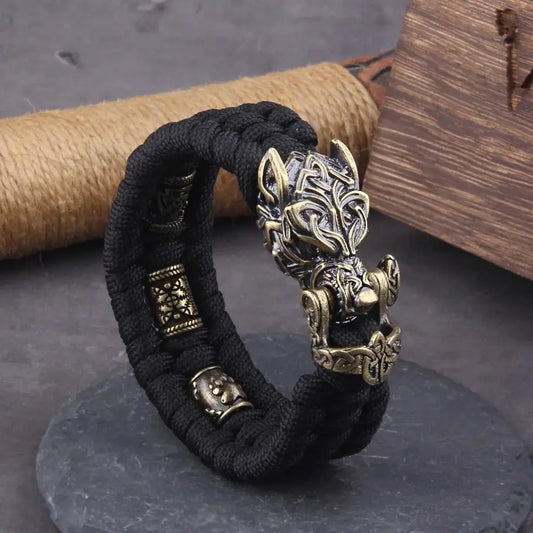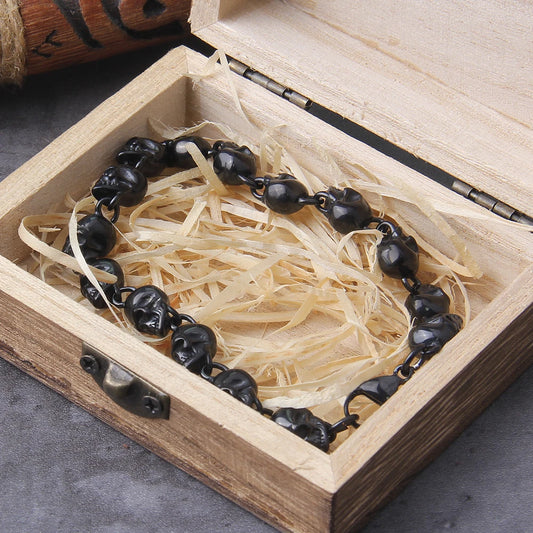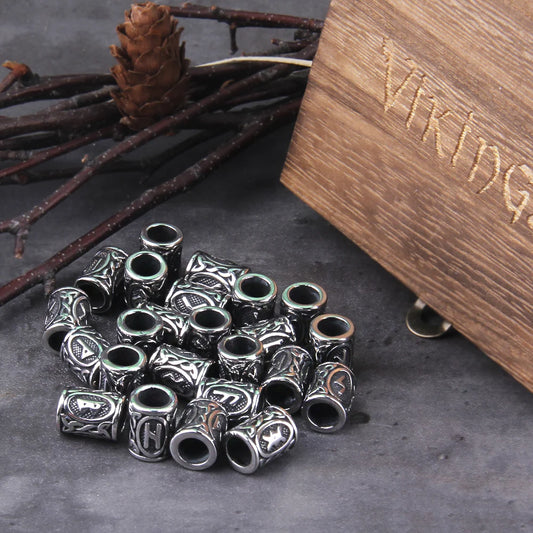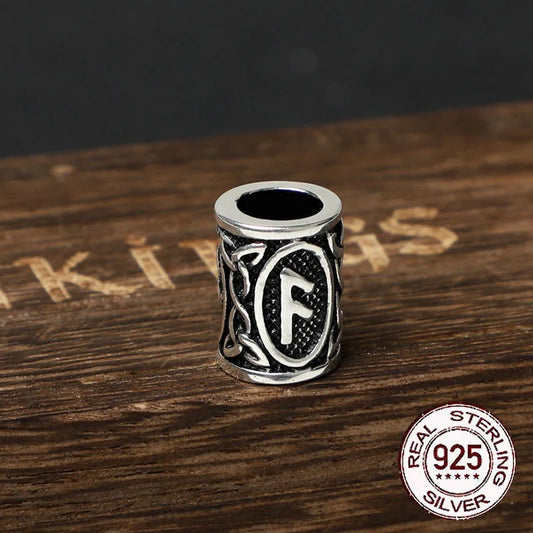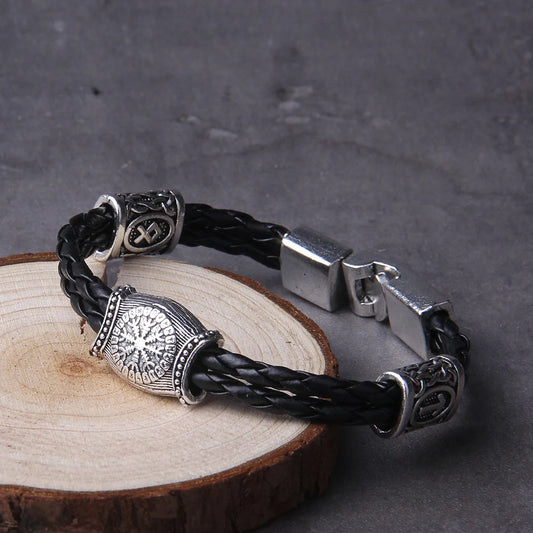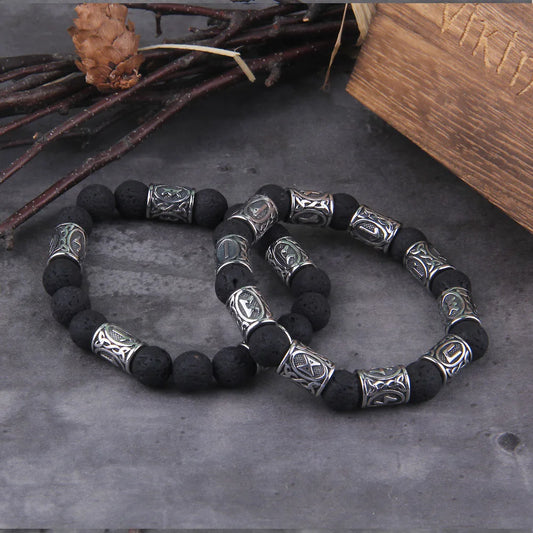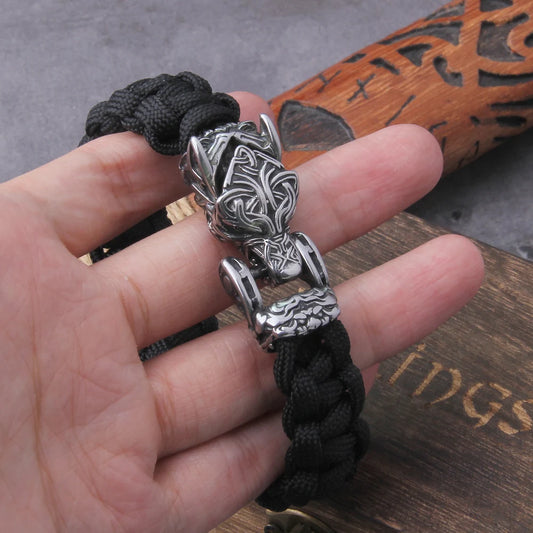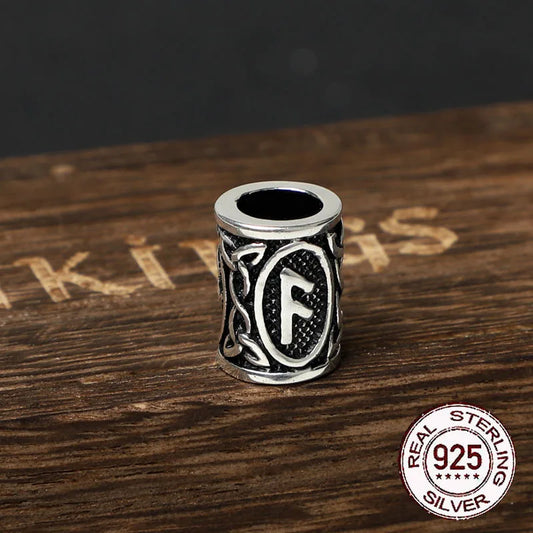In Norse mythology, Sól ("Sun" in Old Norse) or Sunna (Old High German, and existing as Old Norse and Icelandic "Sun") is the Sun goddess, daughter of Mundilfari and Glaur, and wife of Glenr.
She is correspondingly named in Old English Sigel or Siȝel (/siyel/) and in Proto-Germanic, *Sôwilô or *Saewelô.
Sol's role in Norse Mythology
Every day, the goddess Sól drives her chariot across the skies, pulled by two steeds named Arvak and Alsvid.
While she is pursued throughout the day by a wolf, Sköll or Fenrir according to different accounts, who wants to devour her. Solar eclipses would mean that Skoll has almost reached her and shadows her momentarily.
Fate dictates that Skoll will finally catch up with Sól and devour her. And then she will be replaced by her daughter in the task of guiding the Sun.
The Earth was protected from the excess heat of the Sun by Svalin, a shield placed between the Earth and the Sun. In Norse mythology, the sun did not provide light; it emanated from the manes of Alsvid and Arvak.
Sól was also called Sunna and Sunne, and sometimes Frau Sunne, which are derivations of the Old English words for Sun and Sunday. The sun itself was called Álfröðull, meaning "glory of the elves".
Sol in the Poetic Edda
The goddess is mentioned several times in the poetic Edda. In stanza 23 of the poem Vafþrúðnismál the god Odin addresses to the giant Vafþrúðnir a question about the origin of the Sun and Moon. Vafþrúðnir replies that Mundilfari is the father of both Sól and Máni, and that they must travel the heavens every day to count the years for men.
In another, the 45th stanza of the Vafþrúðnismál, Odín asks Vafþrúðnir where another Sun will come from when Fenrir succeeds in catching up with the present Sun. Vafþrúðnir answers in the next stanza that before Álfröðull (Sól) is reached by Fenrir, she will have a daughter who will replace her in her task after the events foretold for Ragnarök.
In the 38th stanza of the poem Grímnismál, Odín says that in front of the Sun (mentioned as the shining god) there is a shield called Svalin, and that if it were to fall with the polished side down, the mountains would burn.
In the 39th stanza Odin (named Grimnir) says that the Sun and the moon are chased through the skies by wolves. The Sun, mentioned as the bright bride of the heavens, is pursued by the wolf Sköll, while the Moon is pursued by Hati Hróðvitnisson.
In the 15th stanza of the poem Alvíssmál, the god Thor interrogates the dwarf Alvíss about the Sun, asking him what the Sun is called in each of the worlds. Alvíss answers that it is called Sun by mankind, light by the gods, the "trickster of Dvalin" by the dwarves, "ever-shining" by the giant jötnar, "the precious wheel" by the Elves, and "all-shining" by the sons of the Æsir".
Sol in the Prose Edda
Sól is mentioned in the book Gylfaginning of the prosaic Edda, in a stanza of Völuspá. In chapter 11 Gylfaginning, Gangleri (disguised as King Gylfi) asks a Völva (Norse Seeress) how the Sun is ruled.
The Völva describes that Sól is the daughter of Mundilfari, and claims that the two children were so beautiful that they were named after the Sun (Sól) and the Moon (Máni). And that Mundilfari married Sól to a man named Glenr. The Völva says that the gods were angered by such arrogance and took them both to the heavens.
There they made them drive the horses Arvak and Alsvid that pulled the chariot of the Sun. The Seeress claims that the gods had created the chariot to illuminate the worlds with the flying embers of the scorching world of Muspelheim. To cool the horses, the gods placed two Bellows next to their shoulders and called them Ísarnkol.
In Chapter 12 of Gylfaginning Gangleri tells the Völva that the Sun is moving very fast, so much as if she fears something, that it could not go so fast if she did not fear for her own death.
The Seeress replies that it is not surprising that it is going so fast, since whoever is chasing her is so close. Gangleri then asks who is chasing her, to which the Völva replies that two wolves are chasing Sól and Máni.
The first wolf, Sköll, chases Sól, and that despite her fear Sköll will eventually catch her. Hati, the second wolf, runs ahead of Sól chasing his brother Máni, whom he will also catch in the future.
In chapter 53 the Völva says that after the event of Ragnarök Sól will bequeath her position to her daughter, who is no less beautiful than she, and that she will continue to sail the skies like her mother, just like the quotation from the Vafþrúðnismál.
The Sun Rune
The rune equivalent to the letter s in the young fuþark, ᛋ, is called Sol by the goddess and the star it represents, and that of the futhorc sigel, in the respective runic poems. The variant of the old fuþark ᛊ, has the linguistically reconstructed protonordic name *sôwilô.


